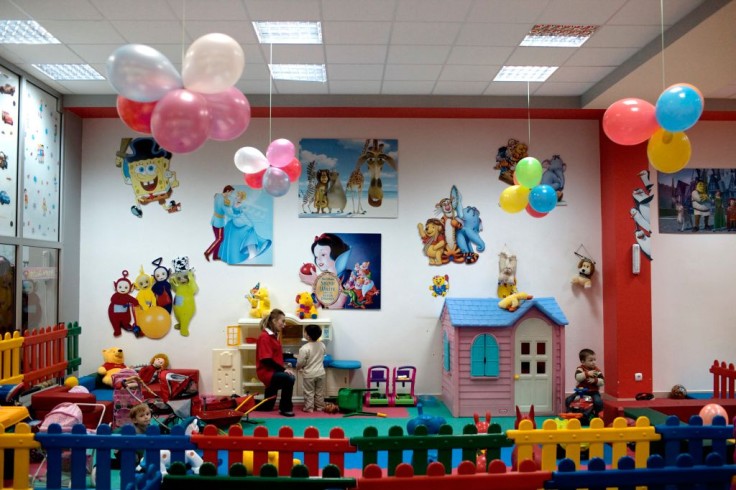
More than half of American households spend over 20 percent of their income on childcare expenses.
According to a 2022 Cost of Care Survey from Care.com, child care is now more expensive than the past year for 63 percent of American parents.
On average, the cost of families sending children to daycare is $226 per week, while it costs $694 per week if they prefer to get an in-home nanny instead. These amounts are so high as affordable child care would mean seven percent or less of the family's income, the U.S. Department of Health and Human Services declared.
Thus, with the high costs of child care and with inflation wringing families' household budgets, more and more parents are forced to think outside the box and, in fact, be creative to find other possible childcare options.
Adjusting and thinking outside the box
The pandemic and the economic struggles have changed the world "immeasurably" for the last two years, and parents and families are beyond doubt feeling the shift, especially regarding childcare costs.
A new 2022 survey by ChildCare Aware stated that about 9,000 daycare facilities have closed in over 37 states between December 2019 to March 2021, which is making matters worse.
Fifty-nine percent of parents are now more concerned about childcare costs than in prior years, which resulted in significant changes. Thirty-one percent are taking on a second job, 26 percent are reducing hours at work, 25 percent are changing jobs, and 21 percent are leaving their jobs entirely to foot the bill or fit in the budget.
Parents are making tough sacrifices and coming up with creative solutions to be able to take care of and raise their children while still making a living.
Brandon and Kate Thompsons, for example, have organized their schedule to navigate the current childcare crisis. On Mondays, their daughter is with Kate's parents. On Tuesdays to Thursdays, the Thompsons split the cost of an in-house nanny with another couple to save on funds. On Fridays, Kate made some adjustments in her work so she could work from home and care for their daughter.
Kate shared that their schedule is working well so far, and she's just praying that nobody adds a bunch of schedules to her calendar.
On the other hand, other families have decided to move to cheaper areas or count on family members for free child care. Many parents also cut back on essentials and other things like clothing, food, dining out, family leisure activities, vacations, and travel to squeeze in some additional funds for child care.
Read Also : Child Care Sector Crisis Could Get Worse With Over Millions of Dollar of Delayed Payments
The country has gone backward
Unfortunately, the financial strain is even heavier for lower-income and Black and Latino families and even more challenging for single parents and those with more than one kid. In reality, these economically disadvantaged parents have to spend over 25 percent of their annual income to afford daycare.
Thus, it isn't a surprise that four out of 10 parents in the U.S. are in debt due to childcare costs, CNet reported.
"When it comes to child care, there are three critical criteria - cost, quality, and availability - and based on our research findings, we've not only failed to make progress as a country, we've actually gone backwards. Costs are growing while availability is shrinking and that's having a profound impact on the workforce and consumer spending. We've all seen what happens when parents can't work; making child care more affordable and accessible has to be a priority for all," declared the President of Care.com, Natalie Mayslich.
In the meantime, parents and families can take advantage of the family tax credits to help lessen their burden. For instance, the Child and Dependent Care Tax Credit offers families up to $1,000 in credits for qualifying childcare expenses. Some employers from the workplace offer benefits for child care, while access to a dependent care Flexible Spending Account can help parents to "contribute pretax dollars" for child care utilization.
However, experts emphasized that more than these credits and programs will be needed to offset the rising cost of child care. Thus, the government needs to step up and help these families.